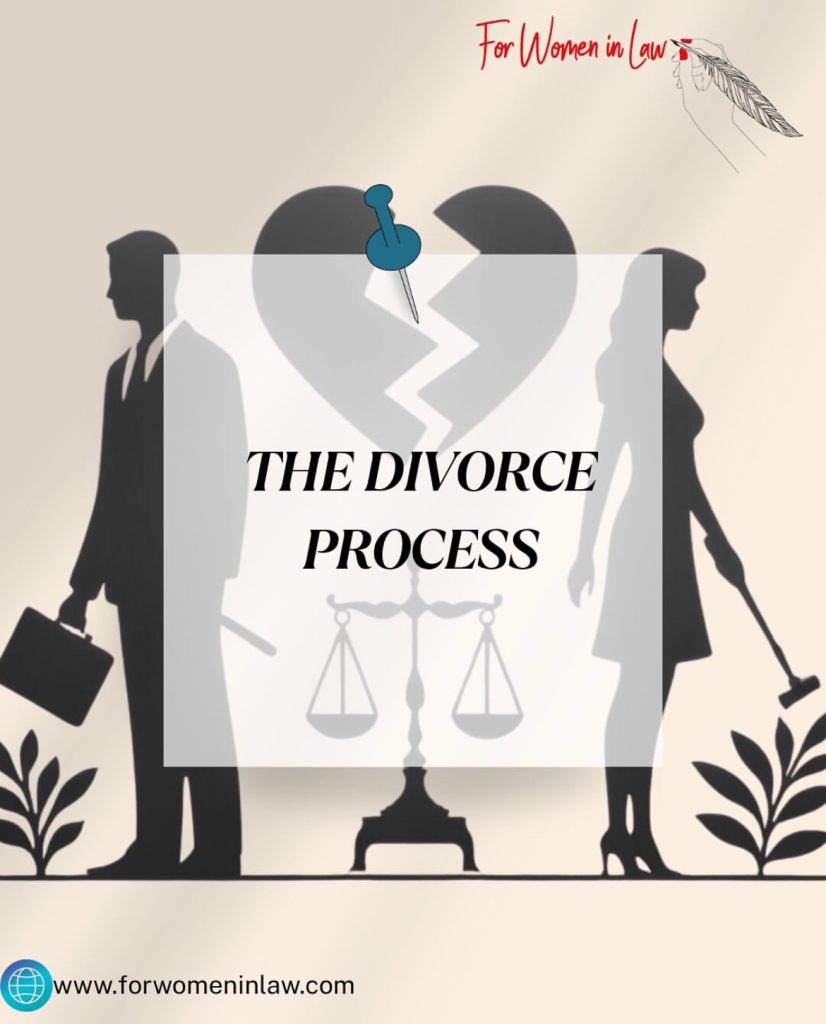
- Your divorce can either proceed on an unopposed or opposed basis. In both instances, you’ll start off by serving your summons and particulars of claim in which the background to your marriage and request for a divorce are set out.
- Opposed divorces are more expensive and time-consuming, and result where spouses can’t agree on one or more aspects, most typically regarding the division of their assets. Spouses will have to prepare for trail by exchanging their financial information and any other relevant documents. Unless the parties eventually end up settling, the contested terms of the divorce will have to be determined by the Court.
- Unopposed divorces are the easiest and cheapest options. In most instances, spouses agree on the terms of their divorce even before summons is served, which terms are recorded in a Consent Paper – and, where applicable, Parenting Plan – and annexed to the summons to be served. You then wait 10 days after your spouse is served with the summons to apply for an unopposed divorce date.
- Opposed divorces are more expensive and time-consuming, and result where spouses can’t agree on one or more aspects, most typically regarding the division of their assets. Spouses will have to prepare for trial by exchanging their financial information and any other relevant documents. Unless the parties eventually end up settling, the contested terms of the divorce will have to be determined by the Court.
- Once the divorce is granted, the Divorce Order is binding and enforceable. Failure by an ex-spouse to comply with the terms thereof can result in contempt of court or criminal conviction.
Contact us for more information: info@forwomeninlaw.com
